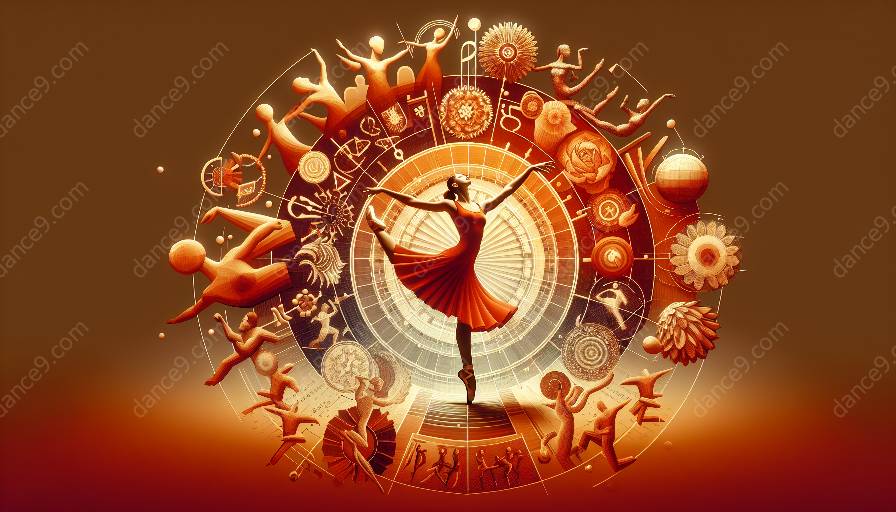Dance anthropology offers a unique perspective on the intricate relationship between movement and social hierarchies. By examining the cultural significance of dance within various societies, we can gain valuable insights into how movement patterns reflect and reinforce existing power structures.
Understanding Dance Anthropology
Dance anthropology is the interdisciplinary study of dance within the context of anthropology, encompassing the exploration of movement, music, rituals, and social dynamics. It seeks to understand the cultural, historical, and societal aspects of dance and its impact on human communities.
Dance as a Reflection of Social Norms
Dance serves as a powerful manifestation of social hierarchies, reflecting existing norms, values, and power dynamics within a given community. Different dance styles, gestures, and body movements often carry symbolic meanings that signal individuals' social status, gender roles, and group affiliations.
Cultural Expressions of Power and Authority
Anthropological studies of dance reveal how certain movements and rituals are associated with authority, leadership, and social stratification. In many cultures, specific dances are reserved for elite members of society, serving as visual representations of their status and influence.
Rituals and Ceremonial Dances
Ritualistic and ceremonial dances provide a vivid portrayal of social hierarchies, often showcasing the roles of leaders, elders, and other influential figures within a community. Through these performances, the power differentials and kinship systems of a society become visibly articulated.
Gender and Movement
Exploring the relationship between movement and social hierarchies also involves an examination of gender dynamics within dance. Many traditional societies enforce distinct movement patterns for men and women, reinforcing gender-based divisions and power differentials.
Global Perspectives on Dance
By studying dance across diverse cultures and geographical regions, dance anthropology sheds light on the universal and culturally specific ways in which movements are linked to social hierarchies. It provides a rich tapestry of insights into the intricate roles that dance plays in maintaining, challenging, and reshaping social structures.
Implications for Dance Studies
The intersection of dance anthropology and dance studies offers a wealth of knowledge for academics and practitioners in the field of dance. By understanding the deep-rooted connections between movement and social hierarchies, scholars and artists can critically assess the impact of dance on cultural identity, power dynamics, and social change.

















